The Science Behind BrainWorx
It’s not magic. It’s scientifically proven to help the brain better regulate emotions.
Further Science Discoveries that Inform and Inspire the BrainWorx Method
Reflex Integration
Studies Show Effectiveness
Sally Goddard Blythe MSc. (Psych) is the Director of the Institute for Neuro-Physiological Psychology and author of eight books on child development. In 1966 she adapted part of the INPP clinical program for use in schools as a class-based program. A summary of some of these projects was published in the peer-reviewed 2005 journal, Child Care in Practice.
The study concluded that the incorporation of relatively simple hemispheric-based programming within the educational system worldwide could relatively inexpensively increase academic, cognitive, and motor performance. Sally Goddard’s work on reflexes has been integrated into the BrainWorx program to help adults and children overcome behavioral and learning challenges through movement and reflex integration.
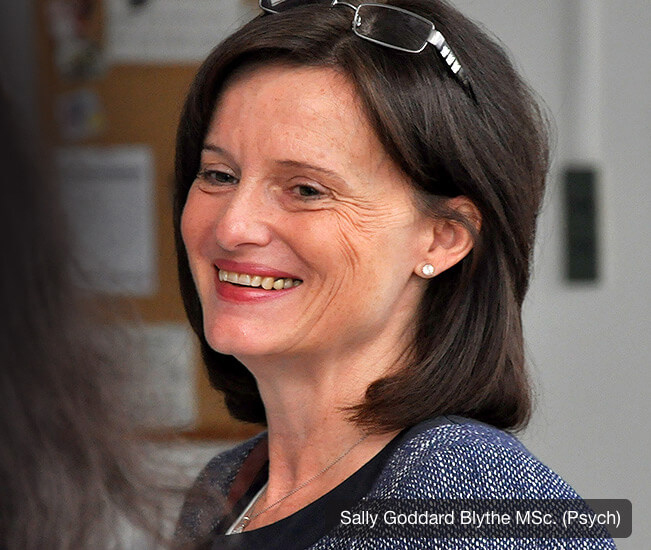
A Researched and Proven Method
BrainWorx incorporates methods and research from trusted professionals who have dedicated their lives to studying behavioral and learning challenges. Below are articles you can download on their research and discoveries.
Assessing Neuromotor Readiness for Learning
Neuromotor Readiness for School
Releasing Educational Potential Through Movement
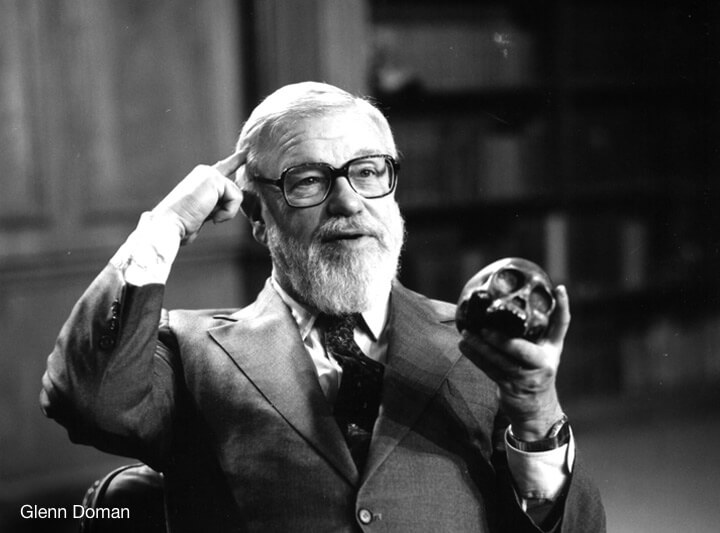
The Discovery of
Neurological Reorganization
In 1955, Glenn Doman and Carl Delacato, founders of the Institutes for the Achievement of Human Potential, discovered that children could overcome behavioral and learning challenges by recreating the primal and natural movements of creeping and crawling that they would have done in the first year of life.
They found that these natural movements developed the child’s pons and midbrain, and subsequently alleviated the behavioral and learning challenges children were experiencing. They found that among the many functions of the pons was the function of regulating fight-or-flight. Fight-or-flight is a natural reflex controlled by the pons and is developed between the ages of 0 to 5 months old.
When the pons is developed, it will only turn on when actual danger is present, giving us the ability to run away or fight when presented with danger. When the pons is underdeveloped, it will be turned on when any conflict occurs, like doing homework, or not getting what they want. When this occurs a child can become aggressive (fight) or become very shy or reclusive (flight).
Developing Focus
Developing the Midbrain
Learning challenges can occur when the midbrain is underdeveloped. The midbrain is the filter of the brain, and when developed it will filter out distractions and allow one to focus. When it’s underdeveloped, the brain cannot prioritize incoming stimuli and everything can become a distraction, including tags in shirts, sounds, smells, people sitting nearby, and so on.
A person with an underdeveloped midbrain often cannot focus unless all distractions are removed. Further studies show that because of neural plasticity, adults of any age can also use this technique effectively to lower anxiety, increase focus, improve executive function, and so much more.
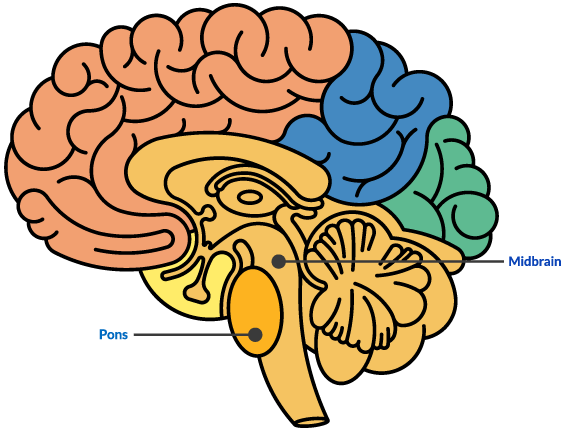
Brain Gym
Start of a Movement
Paul E. Dennison, Ph.D. is a professional educator, a pioneer in the field of kinesiology, and an authority on the breakthrough attainment of cognitive and academic skills.
In the 1960s, Dr. Dennison began research into reading achievement and its relationship to brain development that would form the basis for the Brain Gym work – the remarkable movement-based learning program that has helped people of all ages turn their learning challenges into successes. Working alongside developmental optometrists, Dennison offered his students a full program in sensory development, including a few simple movements that seemed to help with equilibrium and perceptual skills. These movements would inevitably spark the idea for Brain Gym.
In the early 1980s, Paul joined forces with Gail, an artist and movement educator, who would later become his wife and collaborator. They co-founded and co-created Educational Kinesiology, the Brain Gym® activities, and the Learning-through-Movement series of books and manuals, including Vision Gym®: Playful Activities for Natural Seeing.
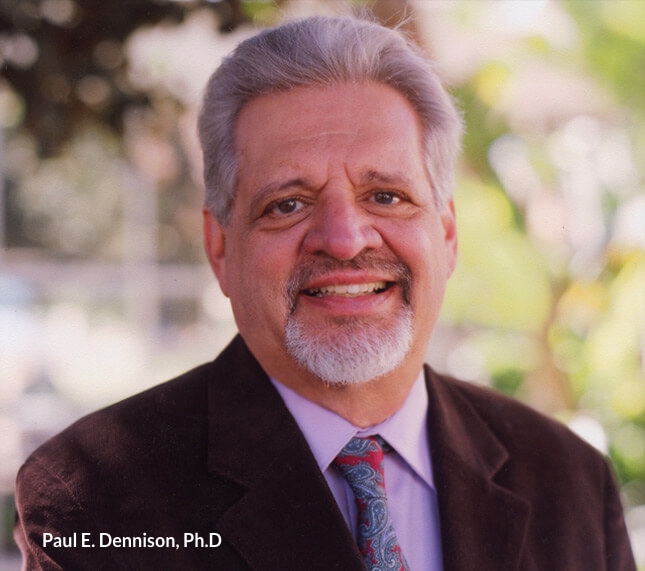
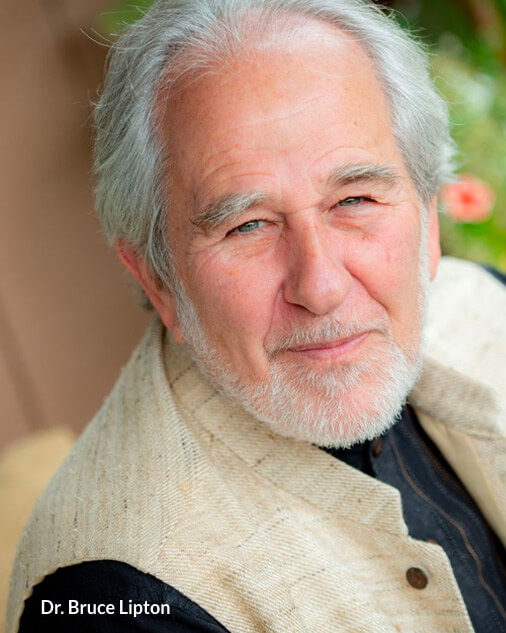
Rewiring
The Evolution of Epigenetics
Dr. Bruce Lipton is an award-winning medical school lecturer, best-selling author of The Biology of Belief, and recipient of the GOI Peace Award.
Through his work as a cellular biologist, Dr. Lipton discovered that human cells are changed by their environment. His studies show that the outer layer of the human cell is essentially an organic computer chip and works as the brain of the cell. He found that the environment, which would operate through the membrane, controlled the behavior and the physiology of the cell. His discovery helped to create the modern science of epigenetics.
Epigenetics didn’t just change Dr. Lipton’s professional life, it also changed his personal life. He found a deeper understanding of cell biology and how the mind can control bodily functions, as well as the possibility of an immortal spirit. He took this science of epigenetics and put it to his personal biology, and found that his daily life improved, as did his physical life. It can change your life, as well.
